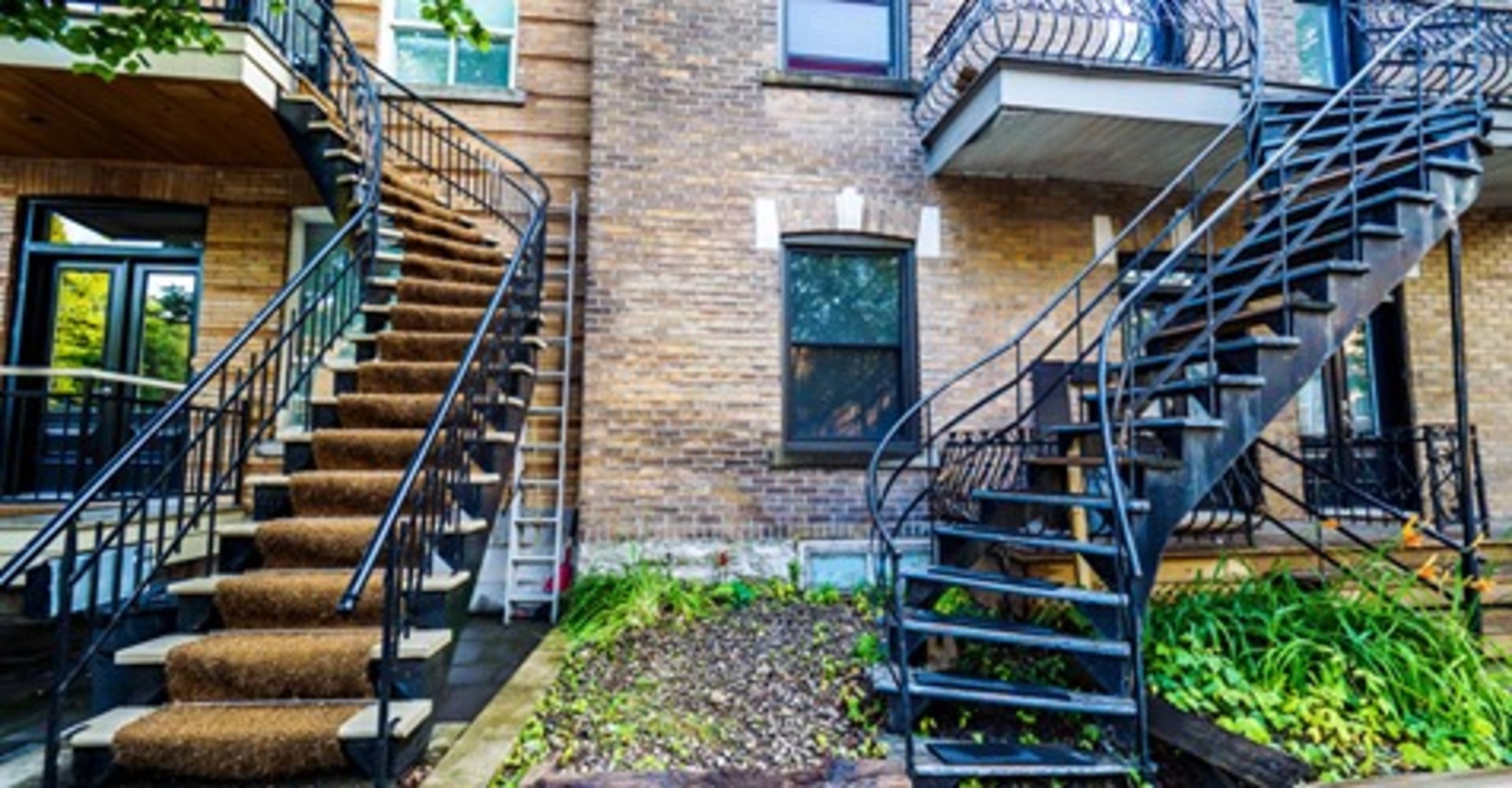Property tax assessments up 13.7 per cent in Montreal!
12 Sep 2019
Assessments for property tax are up by 13.7 per cent on the island of Montreal.
That’s a jump from the 2017-19 tax roll, which showed a 5.9-per-cent increase in values from the previous one.
Residential properties have jumped in value by an average of 15 per cent from three years ago, while detached single-family homes in the middle and upper price ranges have soared by more than 20 per cent, according to the 2020-2022 valuation roll for Montreal, unveiled Wednesday.
The assessments reflect the estimated value of properties in Montreal and its 15 on-island suburbs as of July 2018.
The average assessed value of a single-family house on the island is now $600,900, up from $510,100 three years ago.
But the sky-high assessments don’t mean your tax bill will soar by anywhere near that much, executive-committee chairman Benoît Dorais was quick to assure property owners at a press conference at city hall.
He promised to hold the line at an average increase of two per cent for 2020 when the city mails out residential tax bills in late January. On commercial properties, the average increase will be capped at 1.5 per cent.
Dorais said the city will readjust the tax rate downward in its next budget in November, so the higher valuations won’t result in a vast increase in cash flowing to city coffers.
“Nobody should panic,” he said.
However, Dorais acknowledged that boroughs and independent municipalities have latitude to set their own tax rates, so there could be variations between different parts of the island.
While the city is promising to hold the average residential increase to two per cent, your taxes could go up by more than that if you are in an area where a hot real-estate market has fuelled dramatic price increases, noted Bernard Côté, chief evaluator and head of city’s tax assessment department, in a presentation to Montreal’s executive committee.
If your assessment increased by more than the average, your taxes will go up accordingly, while if it increased less, your taxes will reflect that, he explained.
That means residents of parts of the West Island and well-heeled, central neighbourhoods where prices have risen fastest could see the biggest tax hikes.
Values rose between 23 and 28 per cent in Dorval Island, Beaconsfield, Town of Mount Royal and Hampstead. Kirkland and Westmount had the next-highest increases, at nearly 23 per cent and 21 per cent, respectively.
Assessments rose by between 15 and 20 per cent in Baie-d’Urfe, Pointe-Claire, Dollard-des-Ormeaux, Outremont, the Plateau-Mont-Royal, Sud-Ouest and Verdun.
On the remainder of the island, values increased between 10 and 15 per cent, with the exception of the east end, where they rose by less than 11 per cent. Île-Bizard—Ste-Geneviève and Senneville also saw smaller increases.
Valuations for single-family houses rose by 16.7 per cent, while condos have increased in value by 8.7 per cent. “Plexes” with between two and five units went up by 13.9 per cent, and multi-unit apartment buildings of six or more units shot up by 21.7 per cent.
Non-residential properties rose by 9.8 per cent on average. The value of office buildings went up by 1.7 per cent, while shopping centres dropped by 0.3 per cent and mixed commercial properties rose by 14.2 per cent.
The tax roll includes 16,779 houses valued at more than $1 million.
The average house was worth more than a million dollars in Westmount, Outremont, Town of Mount Royal, Hampstead and downtown Montreal, with the average house in Westmount valued at $1.98 million.
